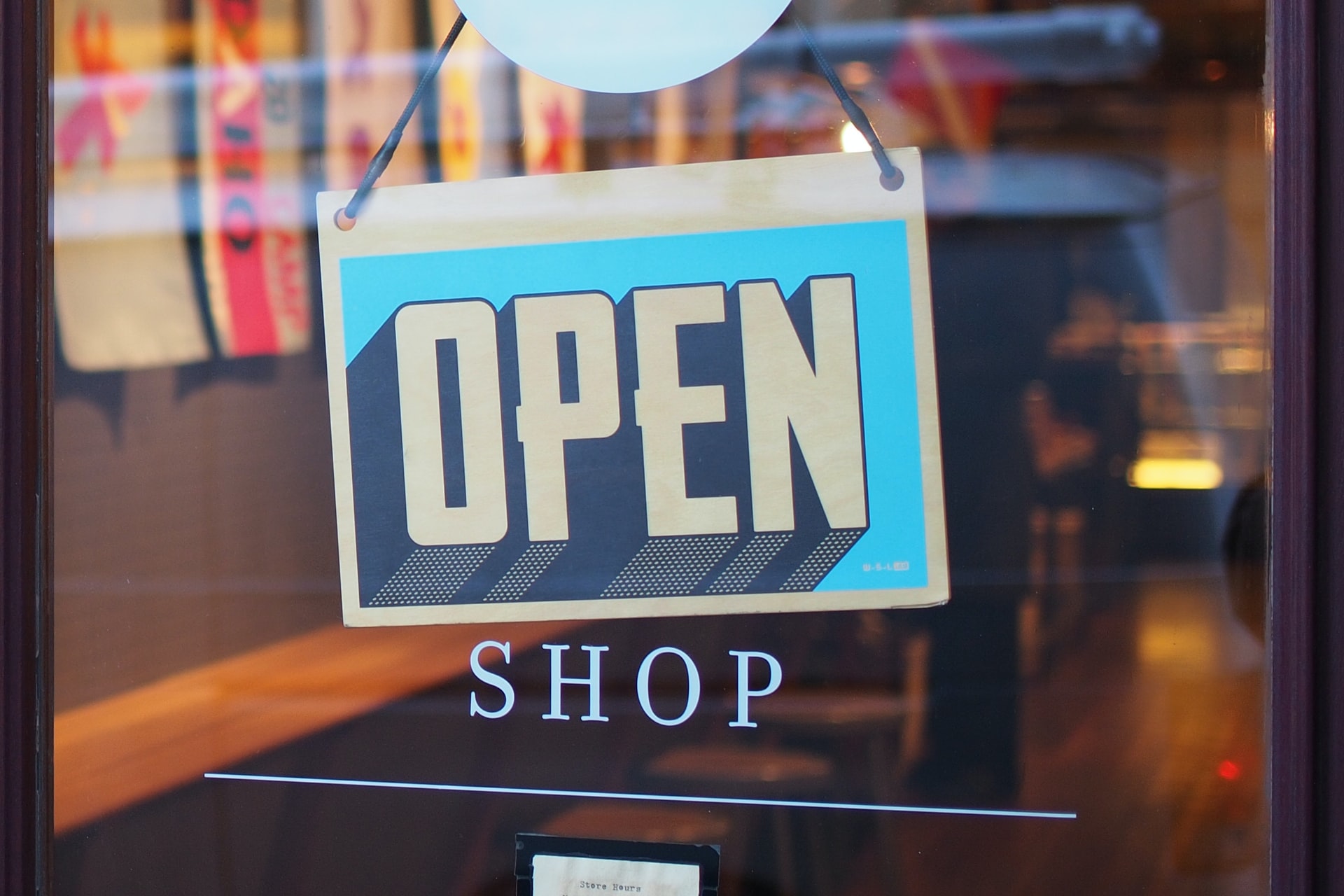
Give Customers an Ideal Retail Shopping Experience in Your Store and Online
In this article / lesson we'll answer the following key questions, in detail.

Why is it important for my website, mobile sites, and physical store to work together?
What can I do to improve my website and mobile site to help customers that want to shop in store?
How can I make it easier for potential customers to do business with me?
The Beginning
Imagine Amanda has every sort of shoe she can imagine, except for sandals. With a beach trip planned for next month, she needs to get some sandals.
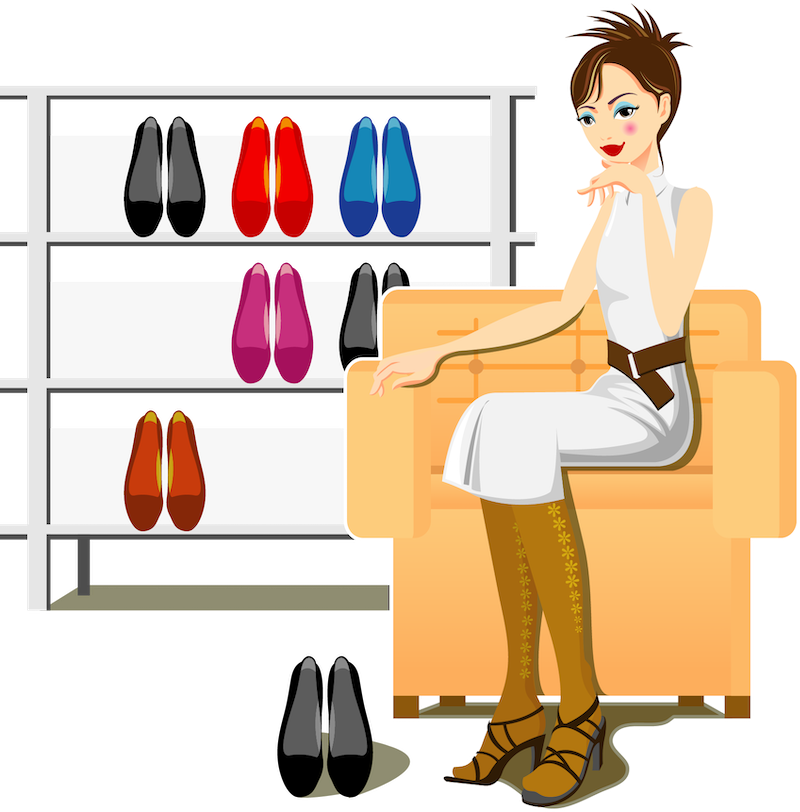
Eager to start her sandal search, Amanda takes out her phone and searches "Sandal Stores near me" and finds Comfort Sandals. She browses the store's selection and finds a few strappy shoes that she likes.
Still, Amanda's not sure she's ready to commit to a single set of sandals without trying them on.
The Curiosity / Query?
What could help her make a decision (and make a purchase)?
Let's try some scenarios
Could this help Amanda make a decision about which sandals to buy?
Visiting Comfort's store to try some sandals.
Calling their support to ask questions.
Reading a blog on classic sandals.
Returning a missed call from her landlord.
Reading product info on Comfort's mobile site.
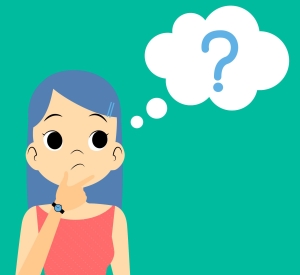
Results
Before she makes a purchase from Comfort Sandals, Amanda might visit the store in person, call them, or visit their website on a computer or her phone. Your business should be prepared to accommodate customers doing any of these actions (and more)
Before making a purchase, many customers go online to research what they want to buy. If your business has a good website, they might make their purchase there.
However, in one study,
almost half of customers said that they still prefer to make their purchases in a physical store. After all, visiting a store in person lets customers see products up close, try stuff on to find the right size, and more.
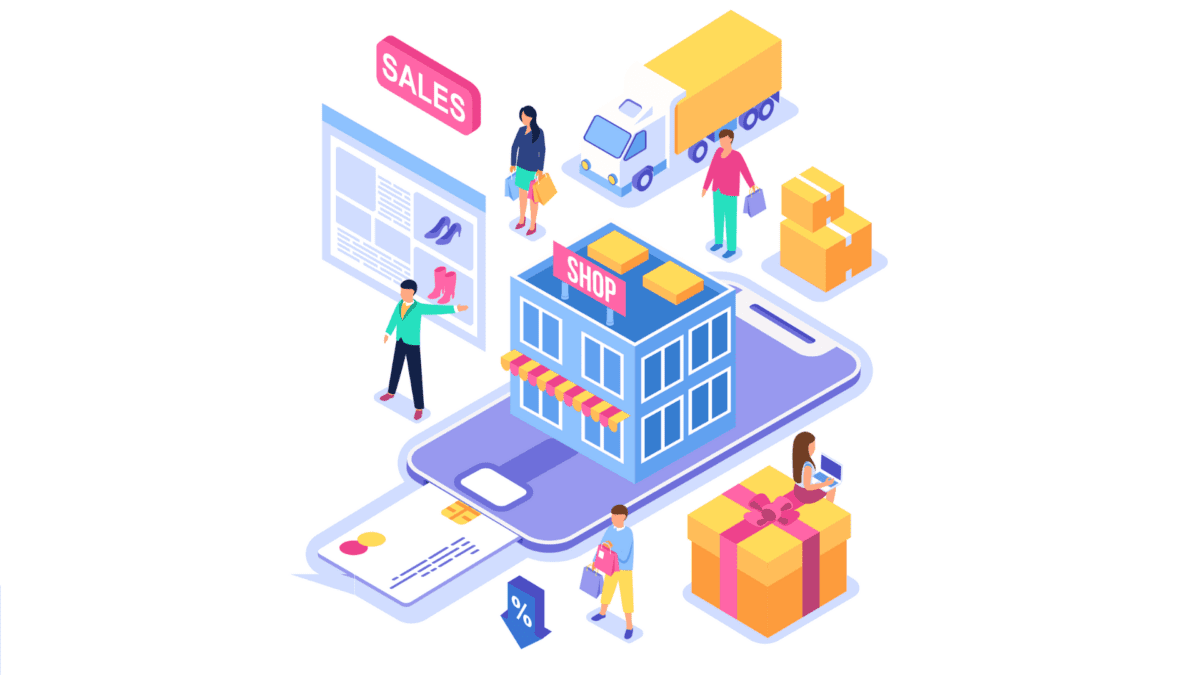
So it's not just about having a great site or store. Instead, make your website, mobile site, and physical stores work together so you can give customers an ideal experience no matter their preferences, and they can give you their business.

Even in your store, many potential customers still use their phone to search and compare your business to competitors, so being able to provide detailed information continues to be important when customers walk through your door.
Location. Location. And Location.
To help a customer take the leap from browsing your website to shopping at your physical store, you might include a store locator on your site.
Bring attention to your store locator with a call to action emphasizing the benefits of visiting your store to make a purchase. For instance, Comfort Sandals might say, "Wanna try on a pair? Click here to find the store nearest you".
Store Locator Examples in desktop and mobile sites
If a store locator is too advanced for your site, there are other ways you can make it easy for customers visiting your website to find where your stores are located, such as a "Location" tab, or placing your address on every page. You might also include a link to your location on Google Maps to let customers easily plan how they'll get to your store, plus a store phone number that the customer can call pr message in order to ask further questions about your business.
Digital Ads combined together with Business Location
Including location extensions in your digital ads can help customers get info they need to visit your local store, like directions, photos and phone number.
To set up location extensions on an ad, link your Google Ads account to your Google My Business account. (If you don't have a Google My Business account, setting one up can help customers find your business on Google Search and Maps.) From there, you can see if your ads actually help customers find you by observing which ads lead the user to click "Get Directions" or "Get Location Info". Some Google Ads users can even see which ads lead to in-store visits.
A distance report can tell you how your ads perform based on the distance a customer was from your business when they saw your ad. You can then adjust how much you spend on ads for users located closer or farther away. Not only can you target ads towards users located near your business, but you can also target users more when your business is open vs. when it is closed.
Additionally, you can make sure your digital marketing lets your customers know about your store locations going on at a particular store at a particular time. Consider segmenting your marketing audience by location so you can send more personalized emails to customers where you mention the store nearest to them and any unique offers or events going on there.
Also, be sure to include keywords like "near me" or "near (your location)" in your search engine optimization (SEO) and search engine marketing (SEM) strategies. As you search for the right keywords, tools like Google Trends can help you figure out exact wording - for instance, are people searching "cafes near me" or "closest coffee house"?
Delivery Options
You'll find that some customers want a variety of delivery options - for instance, someone might want to place an order online to pick it up in store. May be they want to see the product in person, or can't get packages delivered to their home, or would like to receive their order as quickly as possible. You can help by letting customers know if a product is in stock at the store nearest to them.

On product pages, let the user chose which store is closest to them ( or even let them enter their location and have the site figure out for them) and then display if your product is available at that particular store.
Do this now 👇
You know that a website, mobile site, and physical store need to work together. Let's think about how you can your business' online presence help customers find your store.
Lets do it:
📍 LOCATION TO DO's
How do you want to make it easier for customer to find your store?
🔲 Add a store locator to my website
🔲 Add a location tab to my site
🔲 Set up a Google My Business account
🔲 Add a map or directions to my site
🔲 Add location extensions to my ads
🔲 Segment my marketing audience by location
☝ Chose what's best for you from above check-list and analyze the results accordingly.
Once you've made it easy for customers to find your physical store through your website and digital ads, you can focus on making sure that your mobile site loads quickly and has detailed information about your store and products.
😊 Sounds good? Did you like the lesson? Write your thoughts below in comments or send us a message or feedback at hello@xion.studio
✔️ Key Takeaways
- Make your website, mobile site, and physical stores work together so that you can give customers an ideal shopping experience and they can give you business.
- Many potential customers' first experience with your store will be through browsing your site on their phone, so make your mobile site fast and informative.
- To help customer go from browsing your website to shopping at your physical store, you might include a store locator on your site and location extensions in your digital ads.
Cover photo by Mike Petrucci ( @mikepetrucci) via Unsplash


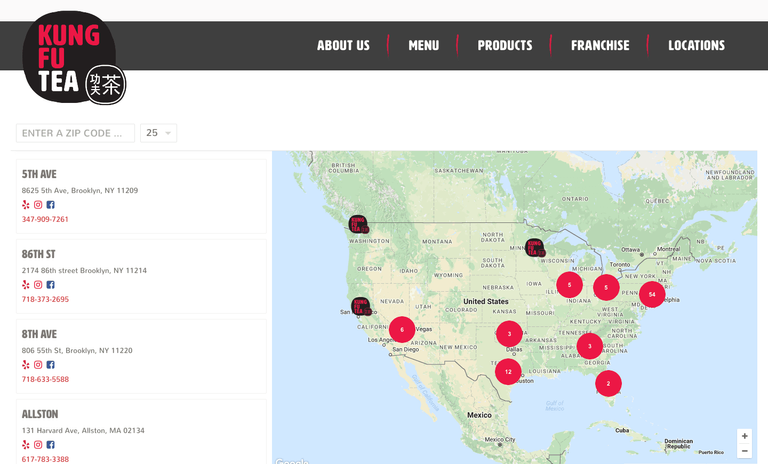
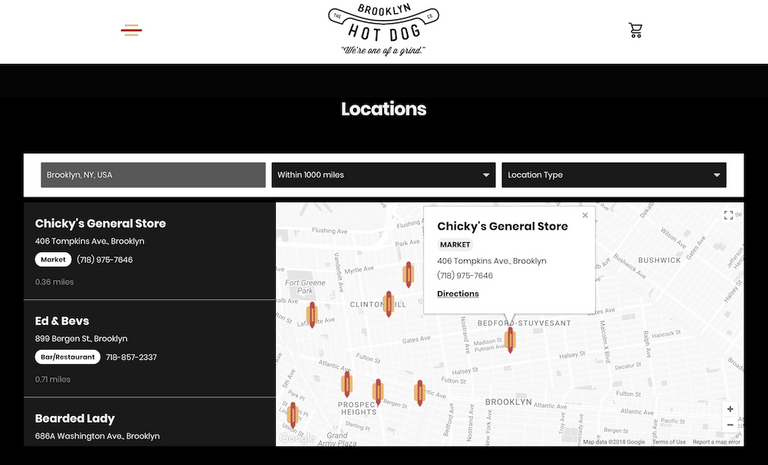
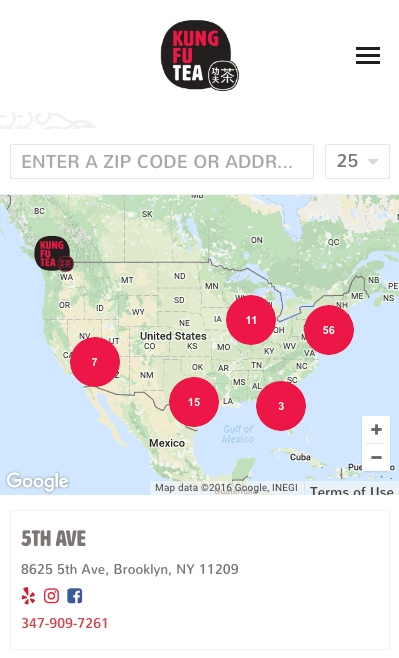
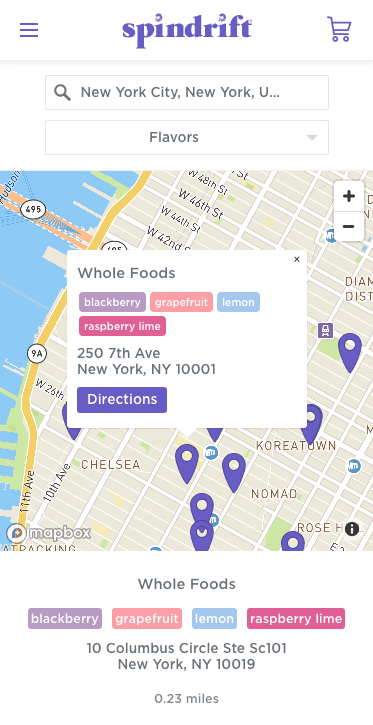
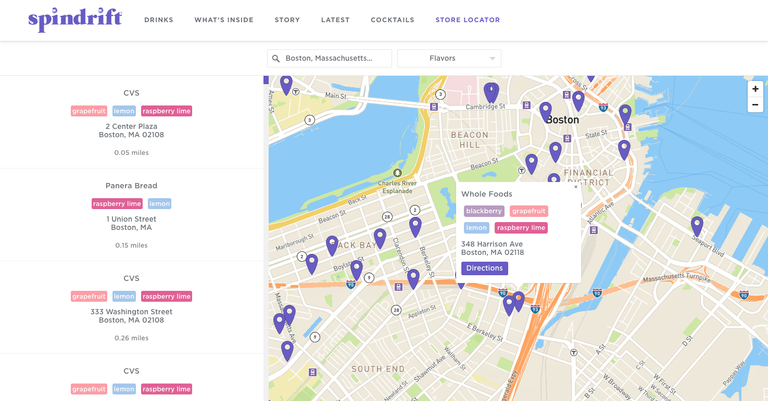
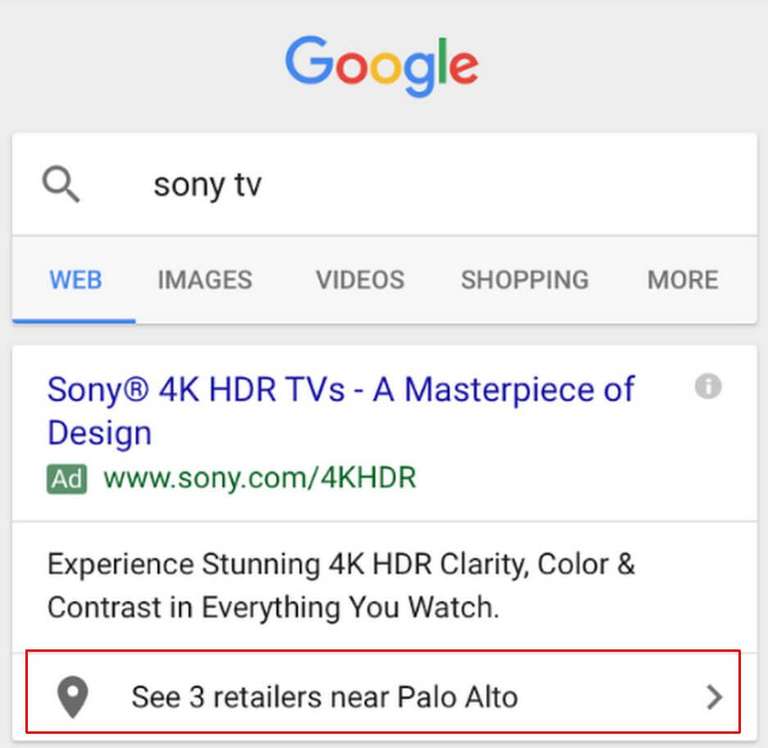
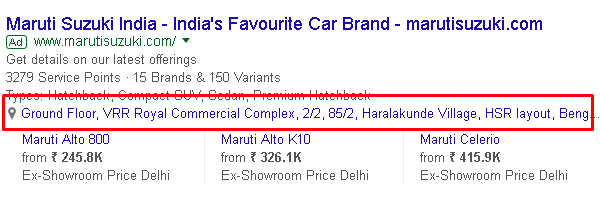
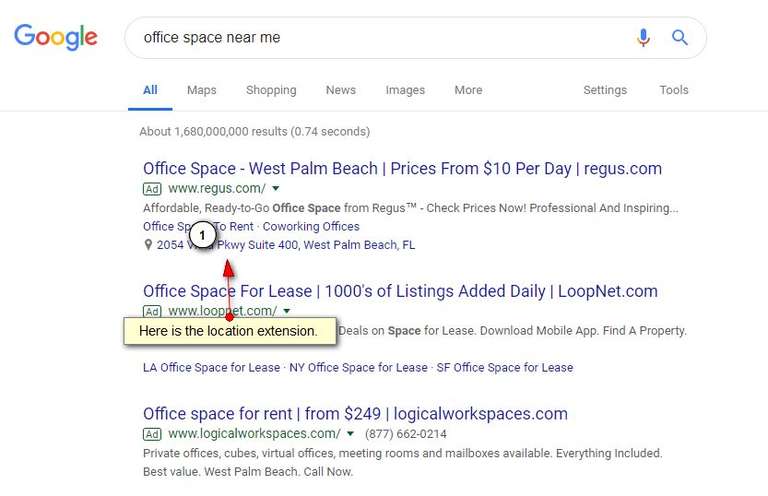
Comments